
Self-Publishing Review: How did you become a writer? Is it something you always wanted to do, or did you discover your talent later in life? What kinds of classes, workshops, etc, have you taken? Which instructors or teachers have been most helpful to you? Is there anyone you consider a mentor?
Carol Buchanan: I’ve always told stories, listened to stories, loved stories. I used to keep myself awake at night telling myself stories, and learned to read by the age of four. I wrote my first novel at age ten and tore it up out of embarrassment when I got into my teens. My parents told great stories about their upbringing on farms and ranches. My father was a cowboy in his early working life, and actually met the Sundance Kid.
I’ve taken fiction writing classes here and there for years. From John Keeble I learned about sequencing, putting first things first. In 2005 I was finishing the research into “GT” and decided to read one of my previous stories. It was not good. In fact, my reaction was, “Yuck.” I set out to learn to write by taking an online class that nearly killed me, but it taught me to define the story first. Another online class, from Marshall Cook at The University of Wisconsin in Madison, called “Compelling Fiction,” got me going in the right direction. But the big factor was membership in Authors of the Flathead, a group whose motto is Writers Helping Writers.
Once every month, one of the founders, Dennis Foley, lectures to the group on the Craft of Fiction. His lectures are free to anyone who wants to attend. Dennis is a true gentleman, a retired Colonel in the Army, who was a founder of the UCLA Online Writing Program and still teaches in that program. I attended every class Dennis taught for 2-1/2 years. I also read books on writing fiction, most of which I still go back to on the grounds that I’ll never know everything about writing fiction. I also still go to Dennis’s lectures, though not all the time.
The online courses. One – the Wisconsin course on “Compelling Fiction” – was just with the instructor giving feedback. It was pretty easy, I thought, after I got into it, but it was what I needed to start with. The other class, part of the Algonquian curriculum taught by Michael Neff at Web Del Sol, was a baptism of fire. There were only two students and we did a little workshopping, but Michael made the other student so angry that she flat out refused to do the last two assignments. He was “honest,” i.e., blunt and unkind, about our work. The most valuable thing I learned was to think in ways my brain didn’t want to go, and the most valuable practical thing was how to distill a novel into a couple of sentences or a paragraph.
I’ve been doing a little workshopping with zoetrope.com. There’s no instructor, but their structure lends itself well to giving and receiving feedback. (For awhile I subscribed to the magazine, but it’s too highbrow for me.) I agree that technology lends itself well to online writing workshops, probably with content management systems of one sort or another.
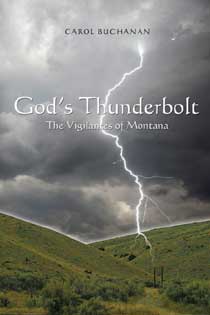
CB: I got the idea for God’s Thunderbolt when I was 12 years old. My parents and I took a vacation to Alder Gulch (yes, it’s a real place in Southwest Montana). One evening after supper I walked up to the Hangman’s Building and went inside. As I stood looking at the beam on which the five road agents were hanged (as in the novel), I heard the ropes creak. That has stayed with me ever since. I’ve been back there several times, but the ropes haven’t creaked for me again. Once was enough. I wrote a draft in the ‘70s but couldn’t sell it – and rightfully so. I did research; five years of digging through the proceedings of the Montana Historical Society, tracking down reminiscences and pioneers’ recollections, other authors’ notes. Everyone was very helpful, especially in the local historical societies and libraries in the Alder Gulch area, and at the MHS. I can’t say enough good about the historians and archivists at the MHS library in Helena.
SPR:. Why did you decide to use the protagonist that drives the storyline? What appealed to you about this character? Is he based on a particular person or totally invented and adapted to known facts?
CB: Dan Stark, the protagonist, came about because of a question I asked myself. Wilbur Sanders, a real historical person, was a Union Army vet, a lawyer, and became the prosecutor of the Vigilantes. I asked, What’s a lawyer doing as a Vigilante? The result was Dan Stark. I don’t believe in putting thoughts into the minds of historical people, or words into their mouths, so Dan is a stand-in for Sanders. Sanders went on to become Montana’s first US Senator. The characterization is a combination of various men I know; it’s hard to say which quality came from which man, but I modeled Dan’s analytical mind after that of my husband.
SPR: You have an unusual subplot involving domestic violence and child abuse. What was your inspiration there? Are those characters based upon real people or just the conditions of that time and place?
CB: The domestic violence theme came about from my father’s stories of a neighboring family. My grandmother homesteaded with her two sons in Eastern Montana, and on a neighboring homestead the man was extremely abusive, so much so that the son eventually shot him. My father testified at the trial. (That’s another novel someday.) Martha McDowell and the other women came about as the answer to other questions: What did it feel like to be a woman in that rough environment? Wilbur Sanders’ wife and small children came with him, as did other wives and daughters. In all, the respectable women numbered about 120, (and there were about) 20,000 sometimes very rough men. I just imagined how I’d feel in that place, in that time.
In a sense I’ve been preparing to self-publish for a long time. I’ve worked in print shops where I learned about printing and book production, including typefaces and type-setting; learned about publishing while working for MacMillan in New York during the late ‘60s. I have a BA, MA, and PhD in English literature ( BA Pacific Lutheran University, Tacoma, WA 1962; MA University of Kansas, Lawrence, KS 1965; PhD State University of New York, Albany, New York 1973). I got all those degrees because it was a way of getting paid to read all the best literature in the world, but advanced English studies didn’t prepare me to write fiction, as I had hoped it would. It was very analytical, which is a good mental skill to have when I’m trying to learn from someone else’s work, but the writing was scholarly, academic, and it took me years to break out of that mold. (Mold in both senses.) I thought I might teach, but I never intended to stay in academia my whole life. As it turned out, with the end of the VietNam War, there were no academic jobs, at least not for me, so I went to work in New York City as a writer of dictionary definitions for MacMillan. When I got laid off, I came home to the West, and having at last moved back to Montana, I’m truly at home. My second stint in publishing was for a legal publisher in the Seattle area as a copyeditor. The company was sold, and the new owners fired everyone from the president to the word processing lady. You might say I’m a survivor, which is why I’m not scared of the current downturn. (Don’t like it much, of course.)
I looked at the various MFA in Creative Writing programs in 2005, but they were all very expensive, and I didn’t know how they made people better writers rather than teachers of creative writing. So I did my own do-it-yourself MFA by taking those classes I mentioned and studying about 22 books on fiction writing. I still have the books and refer to them frequently.
SPR: What does your family think of your new career? Why do you like living in Montana?
CB: I’m married, but we weren’t blessed with kids and my family is very small. My sister and I are the only ones left. My husband’s name is Richard, but he goes by Dick. We’ve been married nearly 33 years. He’s a computer guy (Microsoft Certified Systems Engineer) who hasn’t yet – after nearly 30 years – found a computing problem he can’t solve, although some take him longer than others. He’s self-employed, has Byte Savvy LLC, and I help him out by babysitting the phones in the afternoons. (That’s when I do the book marketing.) He also cooks. After we met (in Monterey, CA), I cooked him a meal. I made my mother’s recipe of rice meat balls, in a crock pot. We went out for a walk, and we came back to my place to find the stuff burnt. It was too late to cook something else, so I served it up anyway. He scraped the burnt bits off to the side without a murmur. (Now I know what that cost him.) I had made a chocolate pudding that he couldn’t stab into with a fork. Later he said, “Maybe I better do the cooking from now on.” The next day he made a turkey dinner. A month later he asked me to marry him – heaven knows why. He’s done all the cooking ever since.
The town I live in is about 20,000 people. The entire state of Montana has a population of less than a million, probably because our winters are sometimes pretty fierce. In 1996-1997 the valley here had eight to twelve feet of snow. This past winter we had only two and a half to three feet in our yard. It’s gone now. I live in the Flathead Valley surrounded by mountains up to 7,500 feet high from the valley floor of 3,000 feet. There are four towns here besides Kalispell, where I live, so the entire population is about 75,000 – 80,000 in the summer when the snowbirds come back. Maybe three quarters of that in the winter. The valley is about 40 miles long by 20 or so miles wide, and at the south end lies Flathead Lake, the largest freshwater lake west of the Mississippi. It’s 35 miles long, and at one place 15 miles wide. So far, our waters are clean enough to swim in and fish from. People living around the lake drink the water. Some filter it, but some don’t care about the brine shrimp they get with it. Just a little extra protein, one friend told me.
Great Falls is our second-largest town at about 80,000. Coming home, I drove up a two-lane state highway, along the east slope of the Rockies, called the Rocky Mountain Front, the most spectacular drive I’ve ever made. In the entire 125 miles I met seven cars and passed one tractor pulling a harrow. When he saw me coming up behind him, the farmer pulled almost into the ditch to let me pass. I went through several towns, all with populations under 1,000 and all far enough from each other not to get in each others’ way. Far more cattle and horses than people. The way it should be. This valley is getting crowded.
SPR: Let’s talk about the submission process: How many agents did you submit this book to, and what were their responses? Did any publisher actually see the book?
CB: I submitted the book to two publishers, both of whom had asked for it. One kept it for six months without looking at it; the other kept it for eight weeks without looking at it. I queried countless agents by letter (if that was their preferred method of contact) or by e-mail. 90% did not respond; the rest wrote back, “No, thanks.” I withdrew it from both publishers, hopefully without burning any bridges. I stopped querying agents when I made the decision to self-publish.
SPR: What made you decide to publish the work yourself? What new skills and processes did you have to learn to accomplish this book?
CB: I got impatient with the snail’s pace of traditional publishing. I figured I’d have to develop a spectral presence to publish through a traditional publisher. Also, I had previously published three nonfiction books with two different traditional publishers. The first publisher paid me decent advances, but stuck the books in their catalog and forgot them. They earned no royalties. The second publisher provided glory and prestige (the book was a finalist in the Washington State Book Awards), but no money.
I had the help of knowledgeable self-publishers when I did the research to decide to self-publish. The biggest skills I had to learn involved marketing and promotion, but now that I know it’s a good book I’m not afraid to promote it. At first, I didn’t know whether anyone but a few friends would like it, but I nerved up to ask three people for blurbs, and they liked it very much and said nice things that I had put on the back cover.
After it was in a few stores, people began to talk about it and tell their friends, and the stores did OK with it, so gradually it has grown legs around Montana. Fortunately, I worked for a couple of publishing companies and for a printer, so I understood typesetting and leading and kerning. I taught newspaper editing on the college level when that involved copyfitting, so I have most of the skills needed to produce a pleasing page with the right amount of white space. That helped when the bookstores wanted to see a copy before they made their decision. Once they saw the finished product, they ordered it.
SPR: You published through BookSurge. Please describe your experience with them and your level of satisfaction with the services they sold you.
CB: My account rep at BookSurge is Whitney Parks. I began asking her questions when I was in the research phase, prior to deciding whether or not to self-publish, and then, deciding how and which mode would work best in my particular circumstances. I decided on self-publishing, and then on BookSurge on the basis of Whitney’s patience, promptness, and honesty. I committed myself to BookSurge about three days before Amazon made its famous decision that riled so many self-pubbers and self-pubbing companies. But one of the major requirements I had for self-publishing was to have the connection to Amazon.
I’ve since learned that in order for a self-publisher to have distribution through Ingram, they have to use LSI, so to me Amazon’s decision mirrors Ingram’s practice. I bought the least expensive package in BookSurge’s Total Design Freedom collection, and I feel I got more than my money’s worth, thanks to Whitney.
Working with the design team was a joy. I specified the type size and leading, and suggested the number of lines I wanted on the page, and they did their best to work with me. I told them what I wanted in the cover, and again they worked with me. We ended up putting together two photos, one I took in Bannack, Montana, of the gallows Henry Plummer was hanged on, and a public domain photo of a lightning bolt. The post-publication support has been excellent, too. Whitney has remained as patient and straightforward as she was before I decided to go with them. I’ll do the next book with her, too, and I’ve recommended her to all my writer friends.
It cost about $600 to do the book, and there were no outside costs or extras to BookSurge, except if I had wanted to participate. For example, I didn’t go for the Kirkus review program ($300) because I figured word of mouth would sell the book better than a review, at least in Montana. I also didn’t go for the promotional programs because I’ve done ad writing and press releases, and because a local printer can design flyers and posters in full color and print them as well as anyone. I prefer doing business locally, anyhow. I haven’t added up those costs, but they’re very reasonable. I think I broke even at about 100 copies, after two months. Maybe two and a half months.
SPR: What was your promotional strategy? How many media interviews have you had? How many book-related events have you done? Where and when did these occur, (generally, not in detail).
CB: My target market has always been Montanans and people who love to read about Montana, so my promotional strategy has been based on that. I started in my immediate part of Montana, and a few people read it and told their friends. Immediately, I was pleasantly surprised by the comments: “I love it,” “I couldn’t put it down,” “I thought I’d clean my house and all I did was read your book.” It started to grow legs right away, and I had distribution problems from the git-go. During the first 4 months it sold steadily, and then when I had two signings during the Christmas season it sold well at both stores. In December, a glowing review by Richard S. Wheeler appeared in Roundup Magazine, published by the Western Writers of America. Then in January, a Helena paper carried an interesting story on the historical basis of the book, and now has come the Spur. So I guess it’s proper to say that readers have sold the book because they have loved it, and the word is getting around the state. I’ve noticed that I don’t have to convince booksellers to stock it; I just have to inform them about it. It isn’t any competition for the best seller lists, but I think it’s a book that will have a long life. I have to say, “Bless the readers.”
I was interviewed by Montana Public Radio for a show called The Write Question, and there (was) an article about the book in our local newspaper. I’m (also going to) Great Falls, one of our big towns, 240 miles east, for a signing and a TV taping. The Spur has come at just the right time. Both of those came about prior to the Spur award, but it is fun to be able to mention it.
SPR: Since you won the Spur Award for Best First Novel, have you been contacted by an agent or conventional publisher seeking to pick up the book? Have you noticed an increase in sales? Has the award generated any media attention besides this interview?
CB: No. The local newspaper interview is because of the Spur, but that’s all so far, in the first week. I have a hunch things will happen without my hammering on them. I feel an increase in momentum.
SPR: Has BookSurge or Amazon.com made any special effort to promote your book now that it an “Award Winning Book”?
CB:. No, not really. I was able to change the book’s short description, which (has) the Spur announcement in it.
Get an Editorial Review | Get Amazon Sales & Reviews | Get Edited | Get Beta Readers | Enter the SPR Book Awards | Other Marketing Services








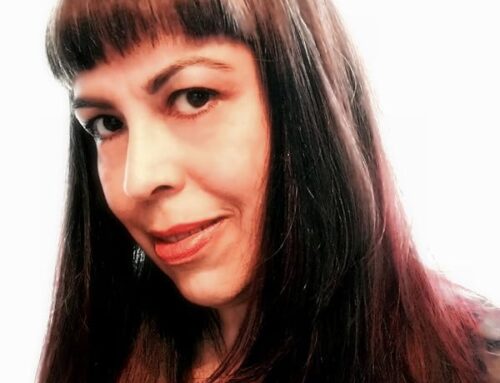
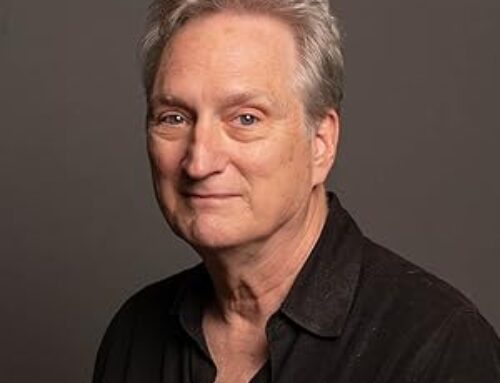
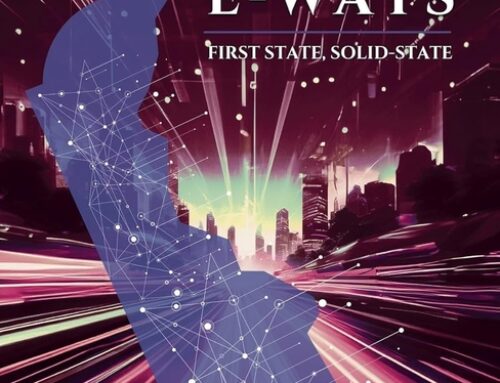
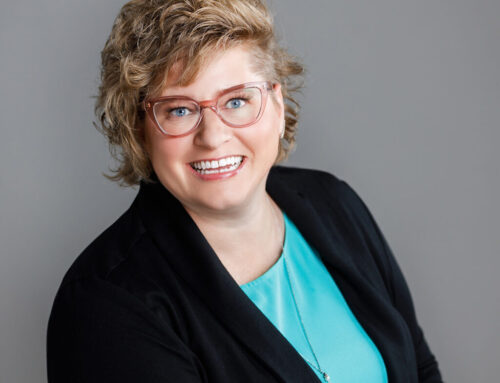
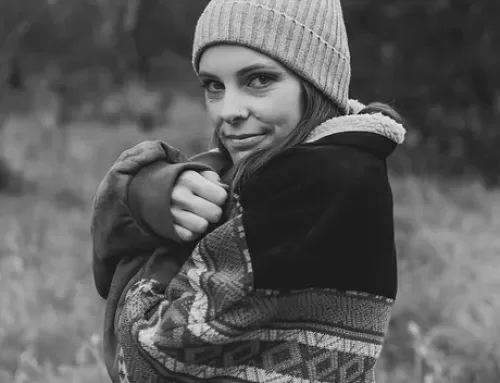
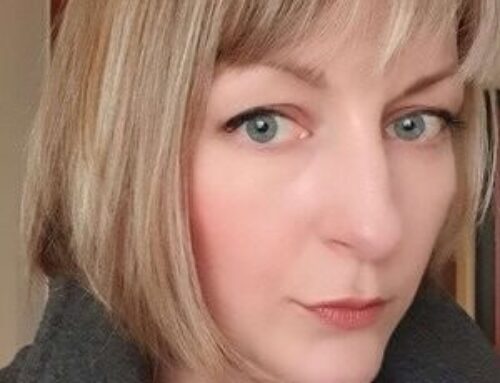
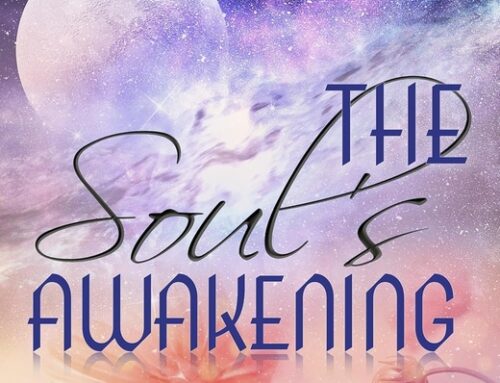
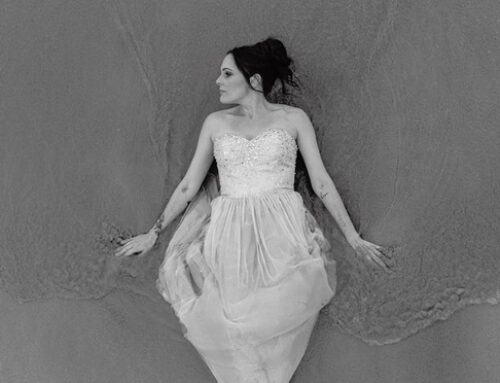
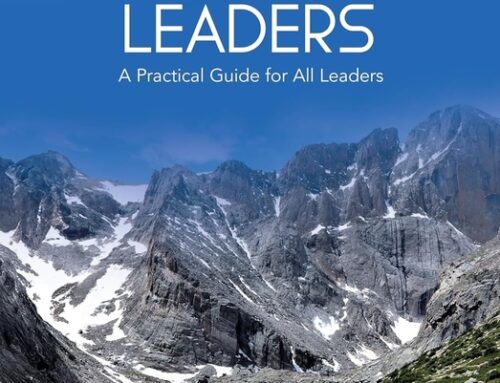
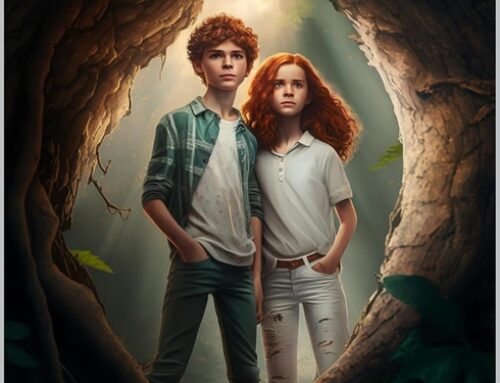
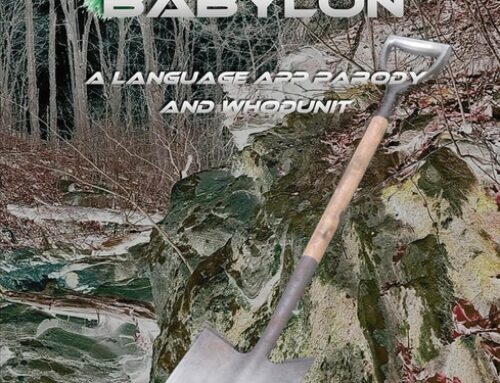
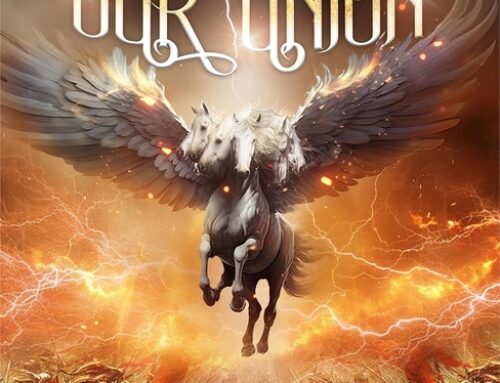
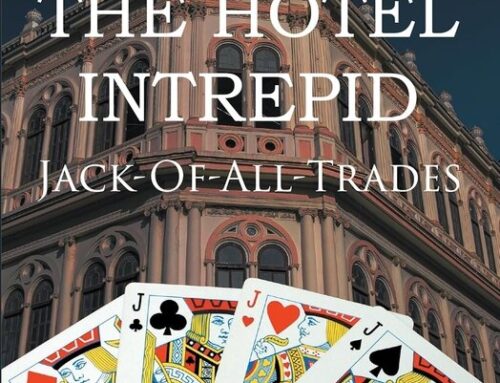
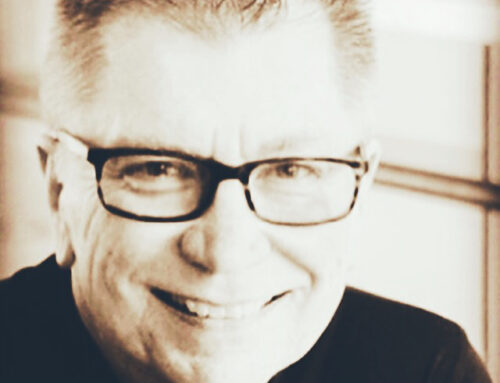
Hi
Carol, I hope you remember me after all these years. The interview is fascinating. I hoped to get in touch with you to ask if you would consider writing s brief burb for my most recent book of poetry: A Croesus of Joy.
yours
Barbara (406) 755 3686